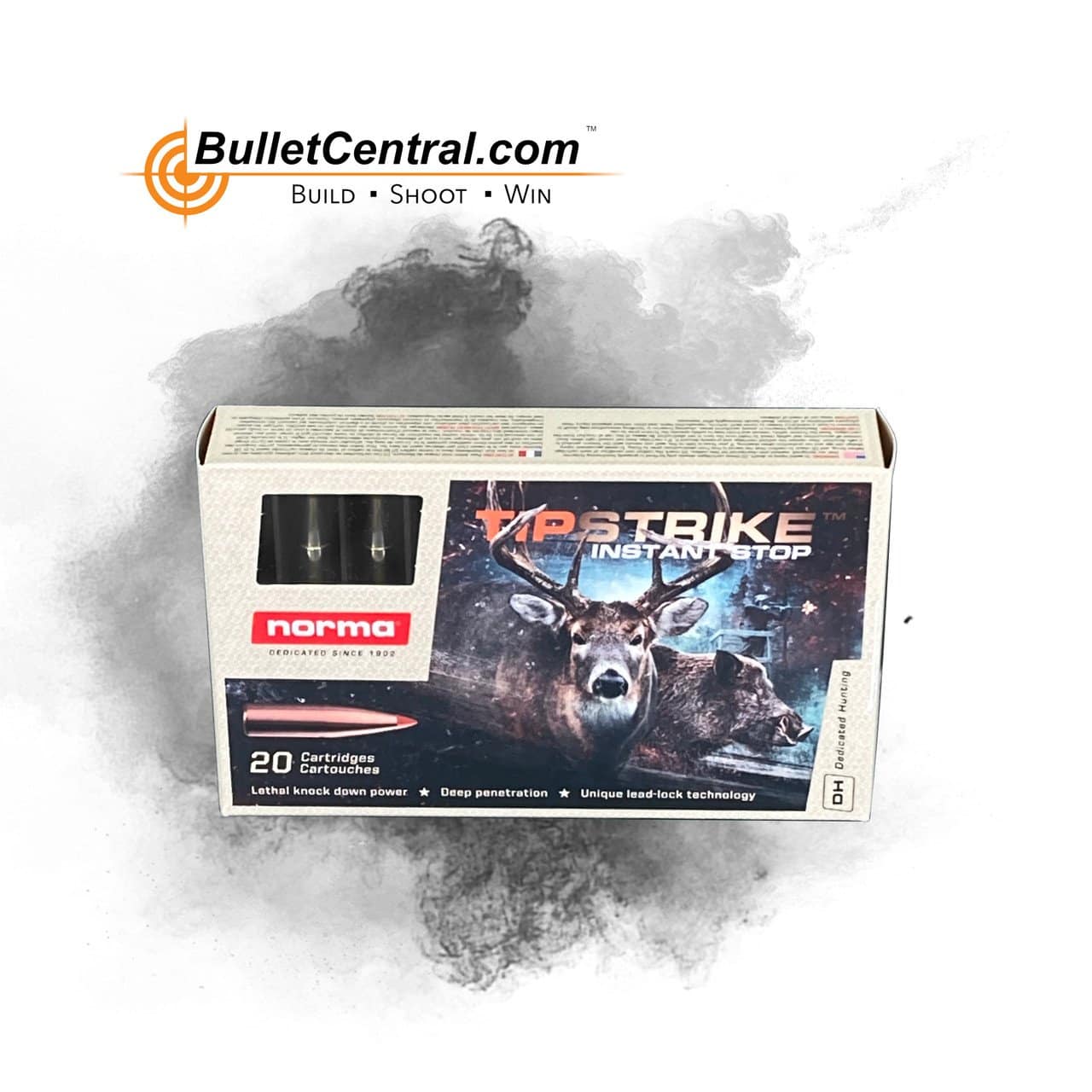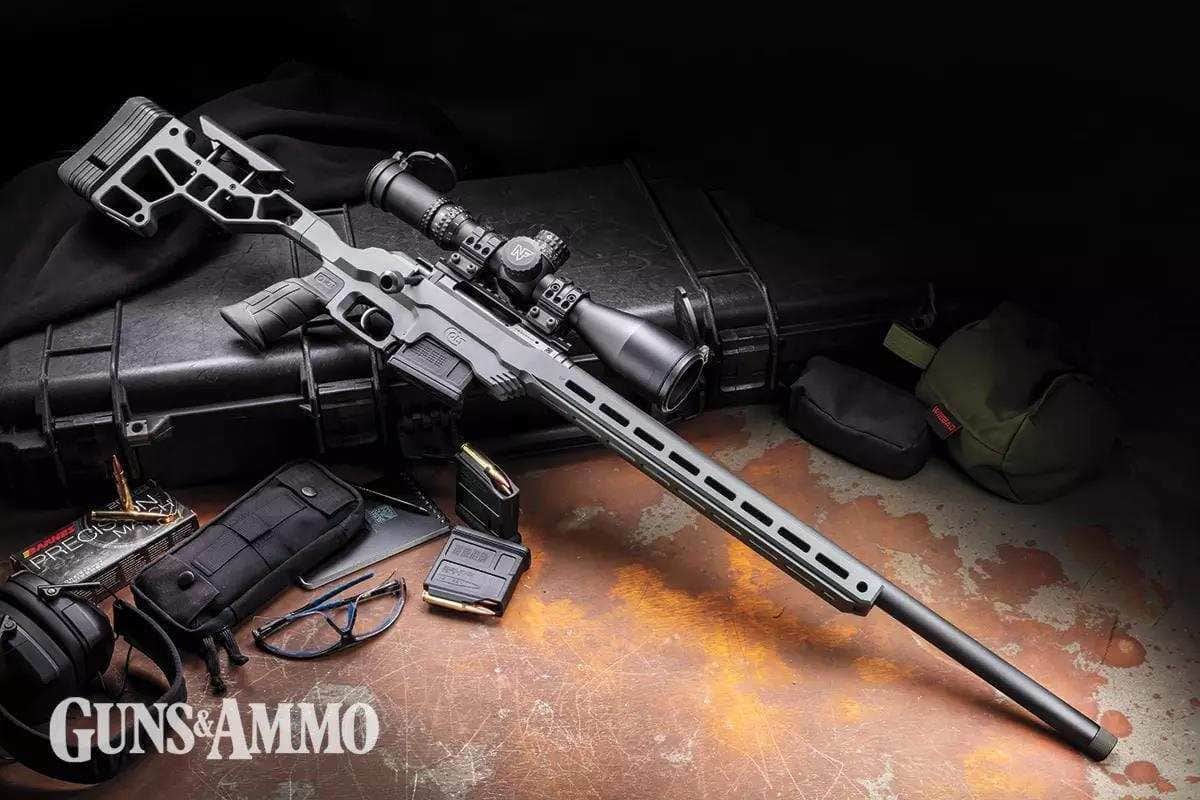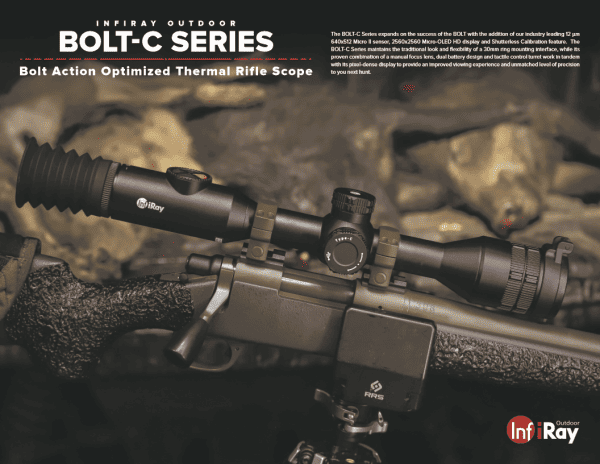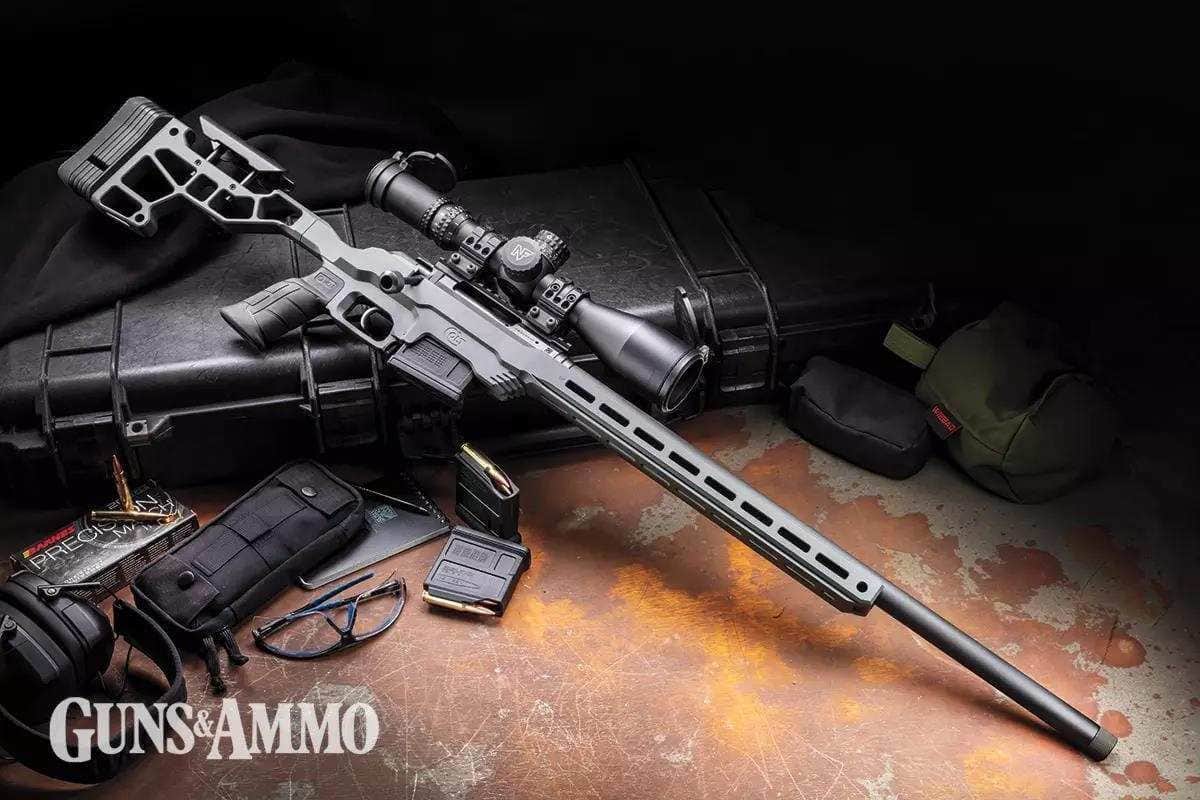270 and 30-06 are both popular rifle calibers, with 270 being lighter and flatter shooting, while 30-06 offers more power and versatility in hunting scenarios. When choosing between the two, consider your intended use and which characteristics are most important to you.
Whether you prioritize long-range accuracy or knockdown power, each caliber has its strengths and is suited for different hunting situations. Both cartridges have been favored by sportsmen for decades, each with its own merits and loyal following within the hunting community.
Understanding the distinct advantages of the 270 and 30-06 will help you select the most suitable caliber for your needs.
History Of 270 And 30-06
The 270 and 30-06 cartridges have deep roots in American hunting and shooting history. The 270 Winchester was introduced in 1925 and gained popularity for its flat trajectory and long-range accuracy. On the other hand, the 30-06 Springfield, adopted by the U.
S. military in 1906, has been a versatile and powerful cartridge for hunting big game. These two cartridges are often compared for their differences in ballistic performance and application in hunting and shooting.
` 270 and 30-06 are two prominent rifle cartridges with rich histories. Let’s delve into their development and adoption by notable users. `Development And Adoption
` The 270 cartridge was introduced by Winchester in 1925. Designed for hunting big game, it gained popularity quickly. Developed in 1906 by the U.S. Army, the 30-06 cartridge saw wide adoption by military forces and hunters. `Notable Users
` The 270 has been favored by hunters worldwide for its long-range capabilities and accuracy. On the other hand, the 30-06 gained recognition for its versatility and stopping power, being utilized by military forces in numerous conflicts. Overall, both cartridges have stood the test of time, earning their place in the firearms industry.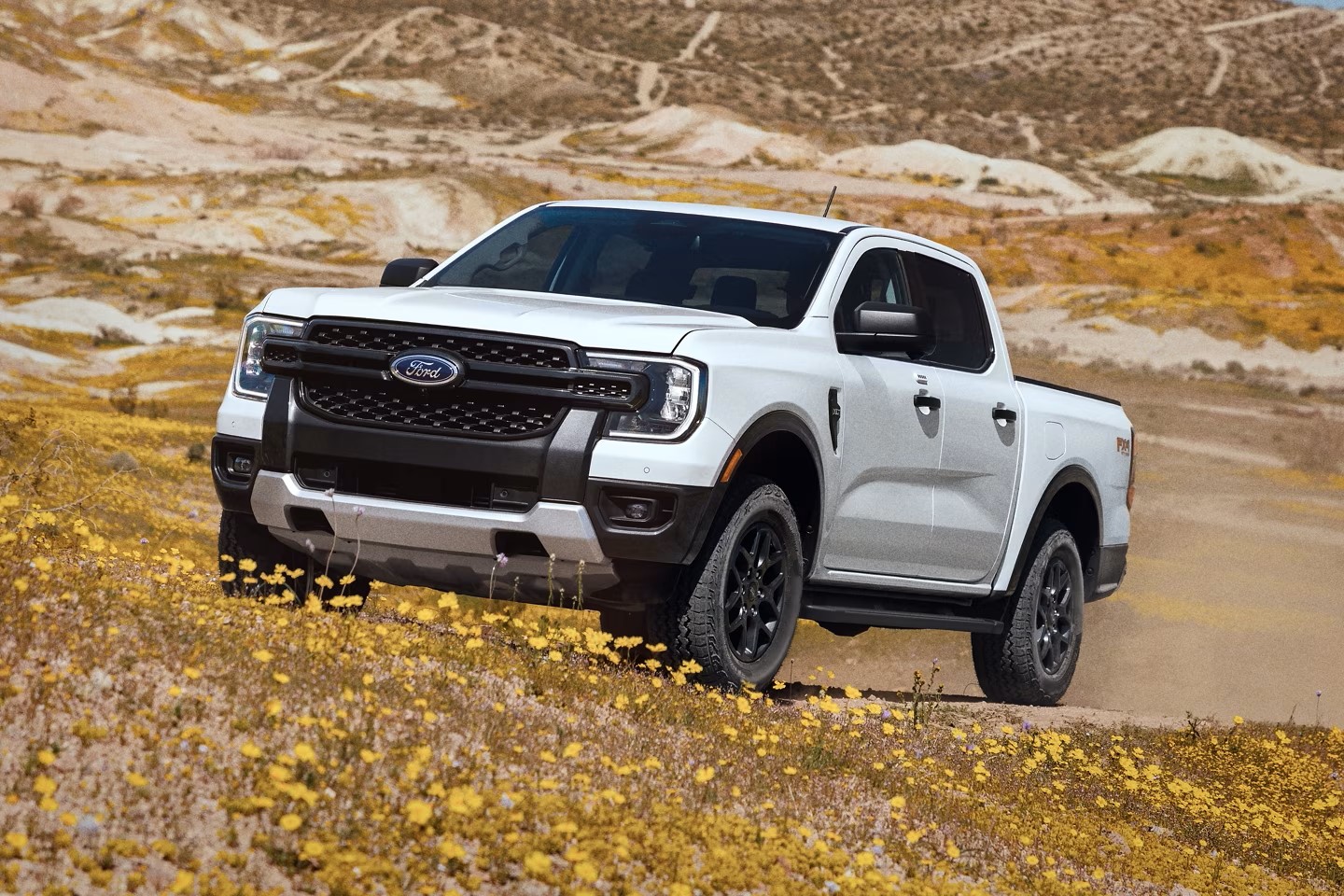
Credit: www.bkford.com
Ballistics And Performance
When comparing the .270 and .30-06 cartridges, one crucial aspect that gun enthusiasts often analyze is their ballistics and performance. Let’s delve into the key factors that determine how these two popular cartridges differ in terms of Projectile Size and Weight, Velocity and Energy, and Trajectory and Accuracy.
Projectile Size And Weight
- The .270 typically fires a lighter projectile compared to the .30-06.
- Weight plays a significant role in determining the impact and trajectory of the bullet.
Velocity And Energy
- The .30-06 generally offers higher velocity and energy due to its larger cartridge.
- Velocity impacts how quickly the bullet travels towards the target.
- Energy relates to the force the bullet delivers upon impact.
Trajectory And Accuracy
- Trajectory is influenced by factors such as bullet weight and velocity.
- The .270 may have a flatter trajectory compared to the .30-06 at longer distances.
- Accuracy is affected by consistency in ballistics performance.
Application In Hunting
The 270 and 30-06 are two popular cartridges within the hunting community. Understanding their application in hunting is crucial for making informed decisions when it comes to choosing the right ammunition for your hunting needs.
Big Game Hunting
Both the 270 and 30-06 are excellent choices for big game hunting due to their stopping power and ability to take down large animals such as deer, elk, and bear. The 30-06, with its larger caliber and heavier bullet, is particularly suited for hunting larger game at longer distances. On the other hand, the 270, known for its flat trajectory and higher velocity, is ideal for long-distance shots, making it a reliable option for big game hunting as well.
Long-range Shooting
When it comes to long-range shooting, both the 270 and 30-06 offer impressive performance. The 270’s flatter trajectory and better ballistic coefficient make it a top choice for hunters who need to take precise shots at extended distances. The 30-06, while possessing slightly more recoil, also excels in long-range shooting, especially when heavier bullets are required to maintain accuracy over longer ranges.

Credit: bulletcentral.com
Rifle Selection
When choosing between the .270 and .30-06 for your next hunting rifle, it’s important to carefully consider various factors that will affect your shooting experience and ultimately, your success in the field. One of the key aspects to focus on is the rifle itself. In this section, we’ll delve into the different aspects of rifle selection, including action type, barrel length, and twist rate.
Action Type
The action type of a rifle refers to the mechanism through which the cartridge is loaded, fired, and ejected. It plays a significant role in determining the overall reliability, accuracy, and ease of use of the firearm. When comparing the .270 and .30-06, you’ll find that both cartridges are capable of being chambered in a variety of action types, including bolt-action, semi-automatic, and lever-action.
Bolt-action rifles: Bolt-action rifles are known for their exceptional accuracy and reliability. They feature a manually operated bolt that is cycled between rounds, providing a consistent and smooth shooting experience. Bolt-action rifles are popular among hunters due to their robust construction and ability to handle higher pressures associated with magnum cartridges.
Semi-automatic rifles: Semi-automatic rifles utilize a gas-operated or recoil-operated mechanism to automatically load the next round into the chamber after each shot. They offer a faster rate of fire compared to bolt-action rifles and are preferred by some hunters for their ease of use and quick follow-up shots.
Lever-action rifles: Lever-action rifles employ a lever mechanism to load and eject cartridges from the rifle’s magazine tube. While lever-actions may not offer the same level of accuracy as bolt-action rifles, they are cherished for their nostalgic appeal and quick cycling capabilities.
Barrel Length And Twist Rate
The barrel length and twist rate are crucial factors that directly influence the performance of a rifle. A longer barrel generally results in higher muzzle velocities, which can improve downrange ballistics and accuracy. However, shorter barrels offer increased maneuverability in tight spaces, making them ideal for hunters who frequently navigate through dense cover. When it comes to the .270 and .30-06, you can find rifles with a range of barrel lengths, allowing you to choose one that suits your hunting style.
The twist rate, measured in inches per complete revolution, refers to the rate at which the rifling in the barrel spins the projectile. Optimal twist rate depends on the bullet weight and length you plan to use. The .270 and .30-06 cartridges typically favor different bullet weights, translating to varying twist rate requirements. It’s essential to select a rifle with an appropriate twist rate to ensure optimal stabilization and accuracy of the bullet in flight.
| Action Type | Barrel Length | Twist Rate |
|---|---|---|
| Bolt-action, Semi-automatic, or Lever-action | Varying lengths for maneuverability or improved ballistics | Dependent on bullet weight and length |
Ammunition Availability And Cost
When it comes to choosing the right ammunition for your firearm, two popular options that often come up are the 270 and the 3006. While both calibers have their unique strengths, one crucial factor to consider is the ammunition availability and cost. Let’s dive into this topic and explore the commercial offerings and cost comparison of these two calibers.
Commercial Offerings
Both the 270 and the 3006 have a wide range of commercial offerings available in the market. From well-known manufacturers to smaller brands, you will find various options to suit your shooting needs. The popularity of both calibers ensures that ammunition is readily available at most gun stores and online retailers.
Cost Comparison
When comparing the cost of ammunition between the 270 and the 3006, there are a few factors to consider. While it is crucial to note that prices may vary depending on the brand and quantity, here is a general cost comparison:
| Caliber | Average Cost per Round |
|---|---|
| .270 | $1.00 – $2.00 |
| .30-06 | $1.50 – $3.00 |
As seen from the table above, the 270 tends to have a slightly lower average cost per round compared to the 3006. However, it’s essential to keep in mind that prices may fluctuate depending on various factors such as brand, bullet type, and availability. Additionally, purchasing in bulk can often lead to cost savings.
While the cost of ammunition is a crucial consideration, it is equally important to focus on the effectiveness and compatibility of the caliber with your firearm. Different shooting scenarios and personal preferences may influence your decision beyond just the cost factor.
Now that we have explored the ammunition availability and cost of the 270 and the 3006, you can make a more informed decision based on your specific requirements and budget. Remember to consider factors such as availability, price range, and personal shooting preferences to ensure you choose the right ammunition for your shooting needs.

Credit: www.amazon.com
Frequently Asked Questions For 270 Vs 3006
What Are The Differences Between .270 And .30-06 Caliber?
The main difference between. 270 and. 30-06 is the bullet size. . 270 has smaller bullets, while. 30-06 has larger ones. The. 30-06 generally has more recoil and carries more energy, making it more suitable for bigger game, while the.
270 is known for its flat trajectory and accuracy for medium-sized game.
Which Caliber Is Better For Long-range Shooting, .270 Or .30-06?
Both. 270 and. 30-06 can be used for long-range shooting, but the. 30-06 is generally considered better. It has a heavier bullet and higher muzzle velocity, making it more effective at longer distances. The. 270, on the other hand, is better suited for medium-range hunting.
Is The .270 Or .30-06 More Popular Among Hunters?
The. 30-06 is more popular among hunters due to its versatility and availability of ammunition. It has been used for a longer time and has proven itself in a wide range of hunting situations. However, the. 270 has its loyal fan base who appreciate its accuracy and flatter trajectory.
Which Caliber Has Less Recoil, .270 Or .30-06?
The. 270 typically has less recoil compared to the. 30-06. This is because the. 270 has a lighter bullet and a slightly smaller powder charge. However, the difference in recoil is subjective and can vary depending on the specific loads used and the individual shooter’s sensitivity to recoil.
Conclusion
In the end, the choice between the. 270 and. 30-06 comes down to personal preference and the specific hunting or shooting needs. Both cartridges have their strengths and weaknesses, so it’s important to consider factors such as game size, shooting distance, and recoil.
Ultimately, choosing the right cartridge for you depends on your individual shooting style and objectives.
